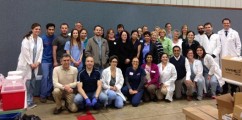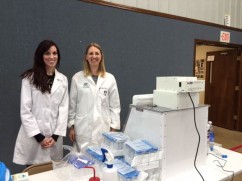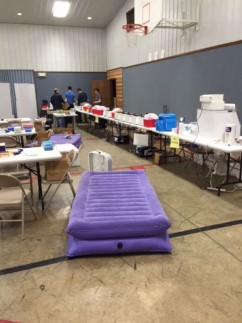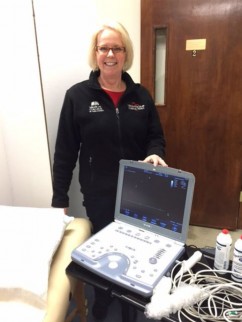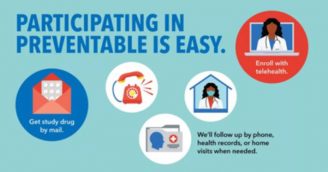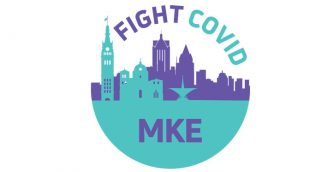
22 May MCW Faculty and Staff Collaborate with Northwestern University and the Indiana Hemophilia and Thrombosis Center to Cardiovascular Phenotype the Berne Amish
A team from the Medical College of Wisconsin, led by Jennifer L. Strande MD, PhD, joined with researchers from Northwestern University and the Indiana Hemophilia and Thrombosis Center (IHTC) in Berne, Indiana to study the Amish community. This community is the only group in the world identified with a genetic plasminogen activator inhibitor-1 (PAI-1) deficiency. PAI-1 regulates fibrinolysis and influences a variety of biological processes. PAI-1 levels increase with age and contributes to vascular senescence. Elevated PAI-1 is a strong predictor of cardiovascular events in patients with the metabolic syndrome. Studying PAI-1 deficiency in this Amish community will shed insight on the PAI-1 role in vascular and cellular aging in humans.
The three collaborative teams set up a cardiovascular clinical research unit at a community center to conduct phlebotomy, tonometry, spirometry, retinal photography, anthropometric measurements, genotyping, urine testing, vital signs, echocardiography and carotid ultrasound. Over 180 Amish volunteers completed the study protocol over two days. Leanne Harmann, BA, RDMS, RDCS, RVT from the MCW CTSI Echocardiography Research Core assisted performing echocardiograms and carotid ultrasounds. Dr. Strande and her lab members (Melanie Reiter, M.S., and M. Zeeshan Afzal, Ph.D) collected urine samples. The Strande lab isolates urine cells for reprogramming into induced pluripotent cells. Generating pluripotent cell lines will allow for a continuous human cell source for further in vitro studies of the PAI-1 deficiency.




